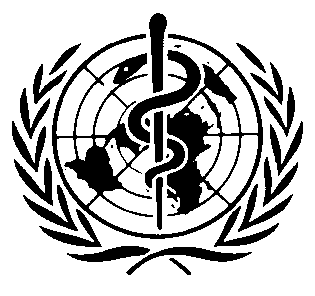International Chemical Safety Cards
| ANTHRANILIC ACID | ICSC: 1295 |




Carboxyaniline 1-Amino-2-carboxybenzene C7H7NO2 Molecular mass: 137.1 CAS # 118-92-3 RTECS # CB2450000 November 23, 1998 Peer reviewed |
| TYPES OF HAZARD/ EXPOSURE | ACUTE HAZARDS/ SYMPTOMS | PREVENTION |
FIRST AID/ FIRE FIGHTING |
| FIRE |
Combustible.
Gives off irritating or toxic fumes (or gases) in a fire.
|
NO open flames.
|
Powder, water spray, foam, carbon dioxide.
|
| EXPLOSION |
Finely dispersed particles form explosive mixtures in air.
|
Prevent deposition of dust; closed system, dust explosion-proof electrical equipment and lighting.
|
|
| EXPOSURE |
|
PREVENT DISPERSION OF DUST!
|
|
| •INHALATION |
|
Local exhaust or breathing protection.
|
Fresh air, rest.
Refer for medical attention.
|
| •SKIN |
|
Protective gloves.
|
Remove contaminated clothes.
Rinse and then wash skin with water and soap.
|
| •EYES |
Redness.
Pain.
Blurred vision.
|
Safety goggles,
or eye protection in combination with breathing protection if powder.
|
First rinse with plenty of water for several minutes (remove contact lenses if easily possible), then take to a doctor.
|
| •INGESTION |
|
Do not eat, drink, or smoke during work.
|
Rinse mouth.
Give plenty of water to drink.
Refer for medical attention.
|
| SPILLAGE DISPOSAL | STORAGE | PACKAGING & LABELLING | ||
|
Remove all ignition sources.
Sweep spilled substance into covered containers; if appropriate, moisten first to prevent dusting,
then remove to safe place.
Do NOT let this chemical enter the environment.
|
Separated from
strong oxidants.
|
R: S: |
||
| SEE IMPORTANT INFORMATION ON BACK | ||||
|
||||
